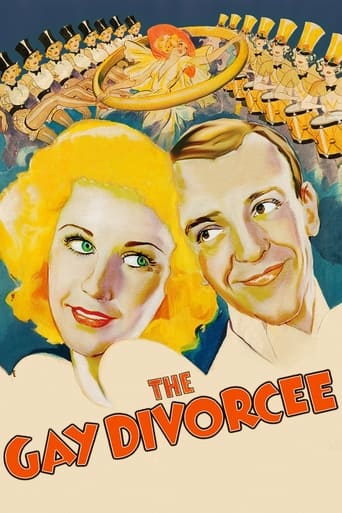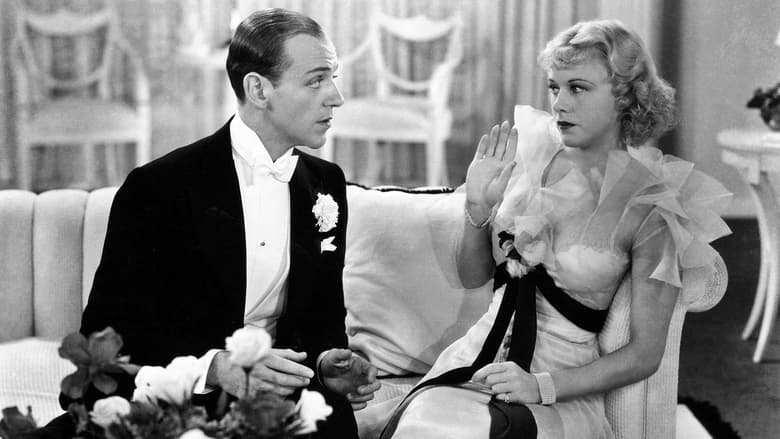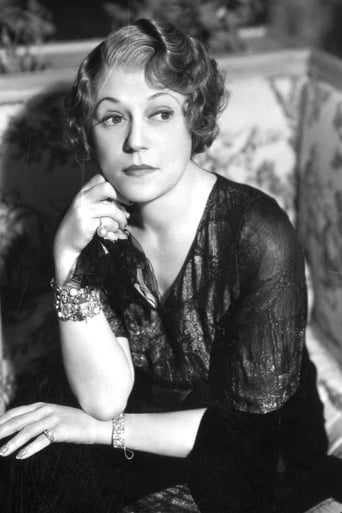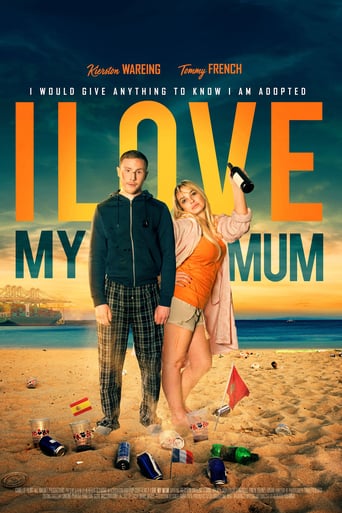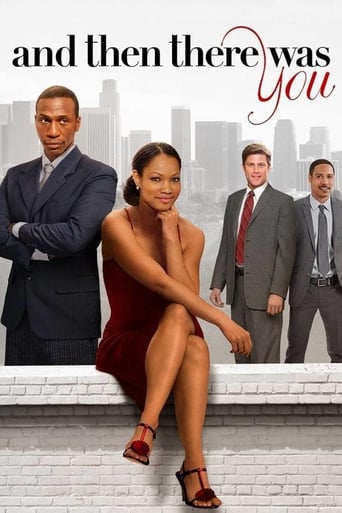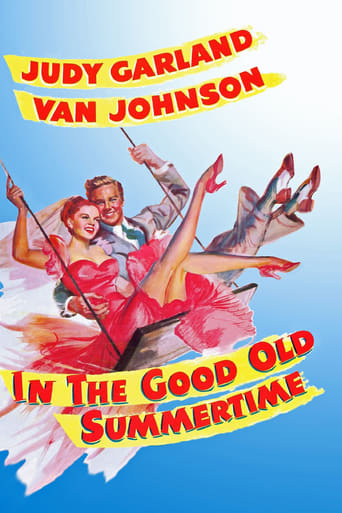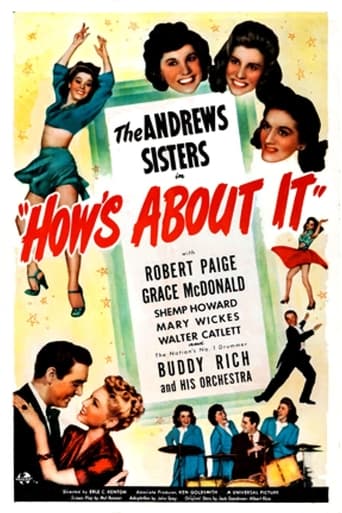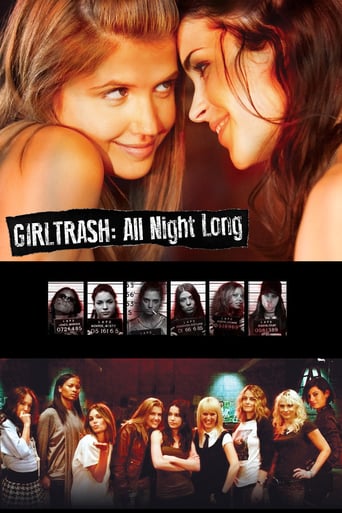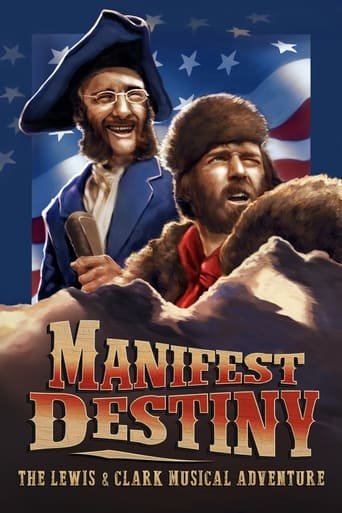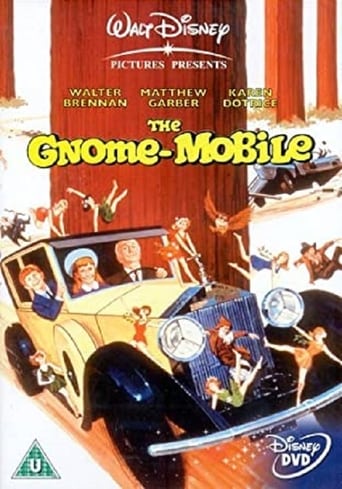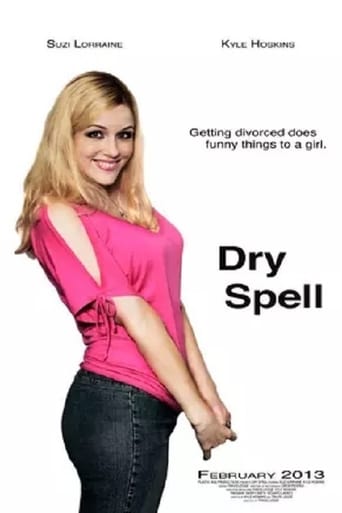The Gay Divorcee (1934)
Seeking a divorce from her absentee husband, Mimi Glossop travels to an English seaside resort. There she falls in love with dancer Guy Holden, whom she later mistakes for the corespondent her lawyer hired.
Watch Trailer
Cast


Similar titles
Reviews
I had a period in which I was infatuated with the greatness that is Fred Astaire & Ginger Rodgers. Prior to this I often heard of them but I was occupied with later film musical of the 50's. When I checked them out for myself I got it, oh boy did I get it. When together dancing or not, Fred and Ginger are in a world of their own and everyone else ceases to exist. Just look as Night & Day (my favourite Astaire and Rodger's number), what could be more spellbinding? The Gay Divorcée is my favourite Astaire & Rodgers picture. This was their first film together as lead and yet a feel it gets everything right and I consider it a much better film than Top Hat which itself I find overrated.I find the humour of The Gay Divorcée is more creative than that of Top Hat. Take the sequence in which Astaire finds Rodger in London by near impossible luck, then the two engage in a car chase into the country side (how often do you get a car chase in a 30's musical), and then in a wacky races type moment he goes ahead or Rodgers and gets road closed sign out of nowhere in order to stop her. Astaire's stalker attitude could come off as creepy but he is charming enough to get away with it, making this moments morbidly funny. This whole sequence is so surreal and plays like a live action cartoon, as if the filmmakers are making fun of the film's own highly improbably mistaken identity plot. This is much more clever than the handling of the mistaken identity plot in Top Hat. I don't mean to completely undo Top Hat, I think it's a good movie, just whatever Top Hat did I can't help but feel The Gay Divorcée did much better. I've always championed Astaire's unsung abilities as a comedian. His timing and line delivery is easily on par with the likes of Cary Grant; I wish he could have appeared in some non musical comedies. Ginger Rodgers usually had a female companion throughout the series and I think Alice Brady is the best of them all with her histrionics; the sound of her voice alone cracks me up. The Gay Divorcée may have slipped through the recently instated production code. If not then it certainty feels like a pre-code film, with sexual tension throughout and an air of scandalousness to the whole thing.Fred and Ginger, they where gods!
Most of these reviews don't appear to understand the plot. As the law in England then stood, the only reliable way to get a divorce was on the grounds of adultery, which required citing a co-respondent (not 'correspondent'), who was required to have been discovered in flagrante delicto with the marriage partner, i.e. having breakfast in the same room. This was usually delegated to a professional co-respondent such as depicted in this movie, who was certainly not a 'would-be Latin lover' at all but just a guy hired to do a job and be seen by a chambermaid at a legally appropriate time.Stunning movie, perhaps my favourite of the series, with the unsurpassed 'Night and Day' number and an excellent large-scale production number for the Continental, using every inch of a vast RKO Big White Set, although it isn't quite as big as it appears in one shot: look for a bit of matte work.
After staying in Paris on vacation, the American dancer Guy Holden (Fred Astaire) and his Londoner lawyer friend Egbert Fitzgerald (Edward Everett Horton) return to London by ship. Guy meets the wealthy American blonde Mimi Glossop (Ginger Rogers), who is traveling with her aunt Hortense Ditherwell (Alice Brady), in the harbor and Mimi asks him to call her aunt to open her luggage since her dress is trapped in the trunk. Guy tries to release her dress but he accidentally rips Mimi's dress. Guy lends his overcoat to her expecting to receive it back with a thank-you note with her name and address, but Mimi returns the coat without any card.Meanwhile, Hortense seeks out Egbert, who is replacing his father in the office, expecting to get the divorce of Mimi and her husband, the geologist Cyril Glossop (William Austin). However, Cyril advises that it would be difficult to make Cyryl accepting the divorce and he suggest to Mimi to hire the "correspondent" Rodolfo Tonettito (Erik Rhodes) to stay with her in a hotel room. Meanwhile, Egbert would hire private eyes to arrive in Mimi's room and surprise the couple, forcing the divorce of Mimi and Cyril. Egbert gives a password to Tonettito to identify Mimi and uses a sentence created by Guy – "Chance Is the Fool's Name for Fate". Mimi believes that Guy is her correspondent and stays with him in her room. When Tonettito arrives in her room, the disappointed Mimi learns the truth and feels better. But she is still married and can not marry Guy. "The Gay Divorcée" is a great classic musical, with Ginger Rogers and Fred Astaire shining and dancing. The long song "The Continental" was awarded with the Oscar of Best Music in 1935 and it is delightful to see the choreography of the dance. In IMDb Trivia, there are interesting information about this film that I will not repeat in my review. In addiction, Ginger Rogers drives the mighty Duesenberg Model J, one of the most popular luxury cars as well as a status symbol in the United States and Europe. This car that cost between US$ 20,000.00 to US$ 25,000.00 in 1935 was driven by Clark Gable and Gary Cooper (the rare model SSJ 125), Al Capone, Greta Garbo, Howard Hughes, Mae West, Tyrone Power among others personalities. My vote is seven.Title (Brazil): "A Alegre Divorciada" ("The Gay Divorcée")
I've got to say, it took me a while to work up the courage to borrow 'The Gay Divorcée (1934)' from the university library. Fortunately, I balanced things out by also renting the steamy neo-noir 'Body Heat (1981)!' Needless to say, my ill-ease was not necessary. The 1930s was a carefree and innocent time for American cinema, and here I can assure the reader that the divorcée indicated by the title is merely happy. The film (my ninth from Astaire and Rogers) was the pair's second collaboration, and the first in which they were the stars. The story, adapted from the musical play "Gay Divorce," pretty much forms the template for their next half-dozen outings, a throwaway love-story fraught with screwball misunderstandings and elaborate art deco hotel- rooms. Ginger Rogers requires a divorce from her neglectful husband, and so tries to fake a love-affair (as you do) with a pompous Italian called Tonetti (Erik Rhodes). Fred Astaire comes along, falls in love with Ginger, but she mistakes him for the guy with whom she's supposed to be faking a love-affair.'The Gay Divorcée' has an excellent cast. Fred Astaire, of course, exudes the same classiness and boyish charm that made him the stand-out in 'Flying Down to Rio (1933)' -- and just check out how gracefully he is able to dance and get dressed at the same time. Ginger Rogers, ever the gifted comedienne, shows wonderful composure, effortlessly making the conversion from apathy towards her male co-star to adoration. Edward Everett Horton, whose constant huffiness bounces amusingly off the carefree Astaire, is unfortunate enough to be given a dance number (opposite Betty Grable), through which he awkwardly and hilariously stumbles. Erik Rhodes, who was the highlight of 'Top Hat (1935),' again manages to steal the show, his pompous Italian "womaniser" a constant source of amusement. There's also Eric Blore, doing that butler thing he does best. Musical highlights include "Night and Day" and the Oscar- winning "Continental," which briefly abandons the long-takes you'd usually find in an Astaire film, instead lapsing into a rapid-fire Eisensteinian montage.

